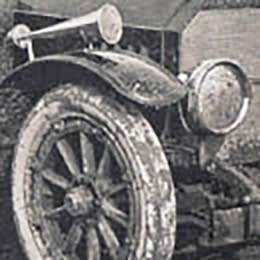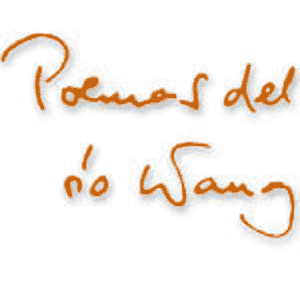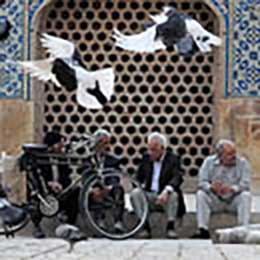 The Ottoman empire in Ibrahim Müteferrika’s time. We give away the late 17th-century
The Ottoman empire in Ibrahim Müteferrika’s time. We give away the late 17th-century map by Mercator, whose details we used as a background picture in
our Müteferrika site, as a gift to our readers (10.2 MB!)

Müteferrika arrived at Iran only on 15 Âbân 1390, or as the infidels say, 6 November 2011, the day before yesterday, shortly after noon. We received the news from the Hungarian Iranologist Miklós Sárközi researching in Tehran that even two distinguished Persian academic sites gave information on the first academic Müteferrika site composed by us where, apart from the biography and bibliography of the scholar, we also gradually publish the electronic facsimile of all the Turkish incunables published by him. The text of the two news is the same. Besides the English translation we also quote the Persian original, hoping that it would invite some stray Persian readers to our site.
ابراهيم متفرقه و نخستين چاپخانه اسلامي
نخستين چاپخانه اسلامي در كشور عثماني، در 11 جمادي الاول 1140 قمري/ 14 دسامبر سال 1727 ميلادي، بدست ابراهيم متفرقه، اسیر زادة مجاري مسلمان شده باز شد. بين سالهاي1142 تا 1155 قمري/ 1729 تا 1742 ميلادي جمعا 16 كتاب چاپ كرد. وسایل چاپخانه از فرانسه، گراورها از هلند، و پرسنل از اتريش مي آمدند.
Ibrahim Motafareghe and the first Islamic press
The first Islamic press in the Ottoman Empire was opened on 11 Jumadi al-Awwal 1140 AH / 14 December 1727 AD by Ibrahim Motafareghe, a Hungarian prisoner of war who converted to Islam. A total of 16 books were printed between 1142 and 1155 AH / 1729 and 1742 AD. The equipment of the press came from France, the engravings from the Netherlands, and the staff from Austria.
Although Turkish scholars pay special attention to Ibrahim Motafareghe and his work, Hungarian scholars have just begun to consider him. The Ibrahim Motafareghe site examines his life and work in English and Hungarian languages.
The first Islamic press in the Ottoman Empire was opened on 11 Jumadi al-Awwal 1140 AH / 14 December 1727 AD by Ibrahim Motafareghe, a Hungarian prisoner of war who converted to Islam. A total of 16 books were printed between 1142 and 1155 AH / 1729 and 1742 AD. The equipment of the press came from France, the engravings from the Netherlands, and the staff from Austria.
Although Turkish scholars pay special attention to Ibrahim Motafareghe and his work, Hungarian scholars have just begun to consider him. The Ibrahim Motafareghe site examines his life and work in English and Hungarian languages.

The Persian text transcribes Müteferrika’s name with the MTFRQh consonants, whose authentic pronunciation by a Persian reader is unknown to us. We have rendered it as above on the basis of the common word “motafaregh”, ʻscattered’, written with the same consonants except for the final h. And although the scholarly reviewer was also somewhat scattered – it seems that he did not arrive in the menu down at Imre Karácson’s name, who searched the traces of Müteferrika before anyone else in the archives of fin-de-siècle Istanbul, he does not mention the biography in Turkish, and he unambiguously points out captivity as the reason of Müteferrika’s stay in Istanbul, ignoring the new and more probable possibilities proposed in our biography –, nevertheless it is a great achievement that the Transylvanian Hungarian printer reached for the first time the world of Persian scholarship.
























































































Add comment